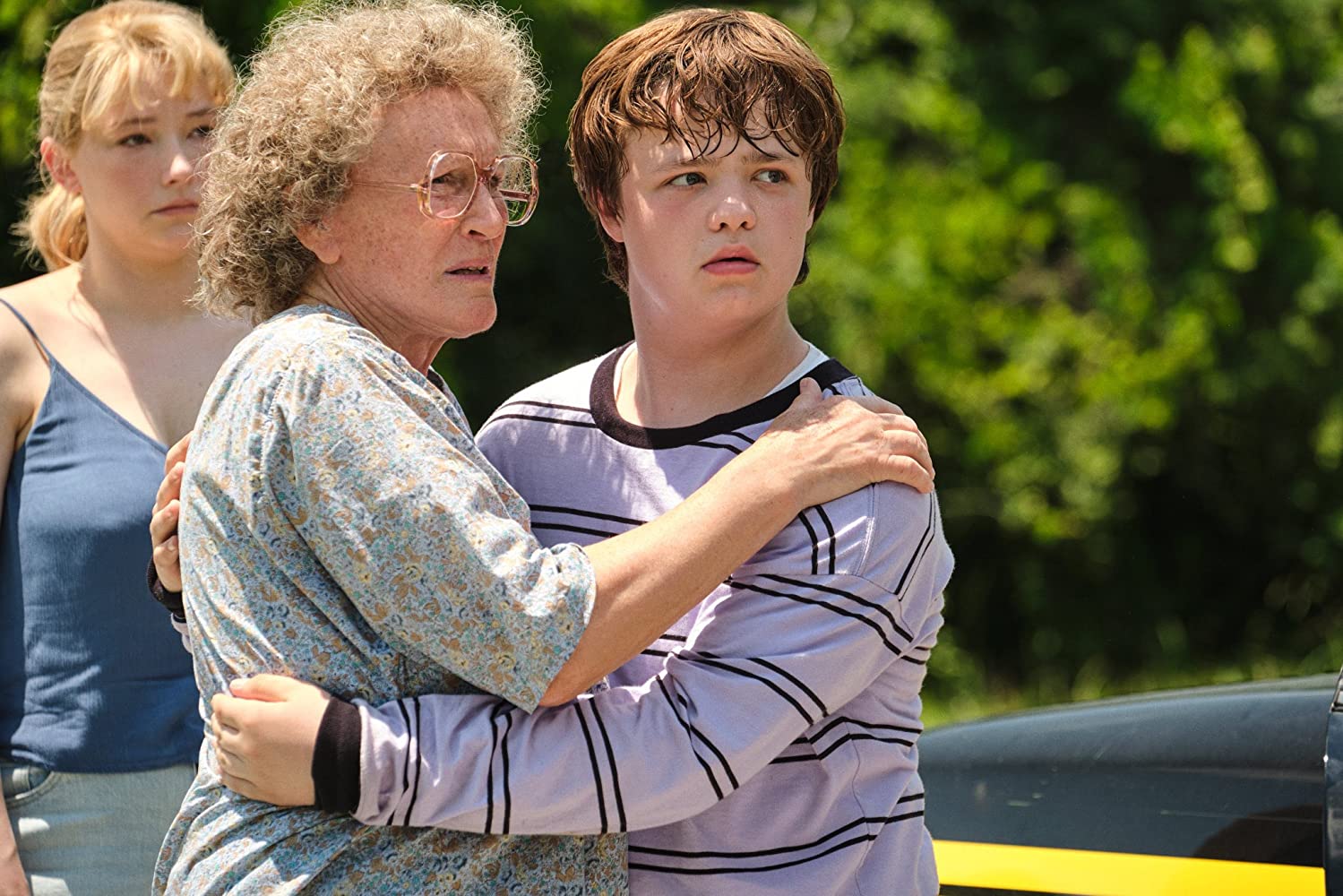Cultural and Social Commentary

Hillbilly elegy movie – Hillbilly Elegy offers a nuanced portrayal of Appalachian culture, challenging stereotypes while acknowledging the region’s challenges. The film explores themes of poverty, class divide, and the struggle for upward mobility, providing a poignant examination of the social dynamics shaping the region.
Appalachian Culture and Stereotypes
The film avoids caricatures, presenting a complex and multifaceted depiction of Appalachian culture. It highlights the region’s rich traditions, strong family bonds, and resilient spirit. However, it also confronts the negative stereotypes associated with the area, including poverty, drug abuse, and a lack of education.
Hillbilly Elegy, the movie adaptation of J.D. Vance’s memoir, has sparked conversations about the challenges faced by rural America. In Virginia, where the film’s themes resonate deeply, Glen Youngkin , the Republican candidate for governor, has pledged to address economic and social issues affecting rural communities.
Youngkin’s platform aligns with the film’s message of hope and opportunity, emphasizing the importance of education, job creation, and community support in revitalizing struggling areas. Hillbilly Elegy has ignited a broader dialogue on the complexities of rural America, and its impact continues to shape political and social discussions.
Poverty and Class Divide
Hillbilly Elegy shines a light on the persistent poverty that plagues Appalachia. The film depicts the daily struggles faced by families living in dilapidated homes, with limited access to education and healthcare. It exposes the deep-rooted class divide that exists within American society, highlighting the barriers faced by those from disadvantaged backgrounds.
Struggle for Upward Mobility
The film follows J.D. Vance’s journey as he attempts to escape the cycle of poverty that has defined his family’s history. It explores the challenges he faces as he navigates the complexities of higher education and the corporate world. Through his story, the film emphasizes the importance of education and the struggle for upward mobility.
Hillbilly Elegy, the captivating movie adaptation of J.D. Vance’s memoir, explores the complex social and economic challenges faced by Appalachian communities. Vance, a former Marine and Yale Law School graduate, has written extensively about his upbringing in Middletown, Ohio, and the region’s struggles.
To delve deeper into his personal journey and the wider context of the film, visit jd vance wiki. Hillbilly Elegy serves as a poignant reminder of the resilience and challenges faced by those living in America’s forgotten corners.
Character Relationships
The film’s characters provide a microcosm of the social dynamics within Appalachia. J.D.’s relationships with his mother, Bev, and grandmother, Mamaw, highlight the complexities of family bonds in a region marked by both love and dysfunction. These relationships offer insights into the cultural and social forces shaping the lives of individuals in the region.
Family and Relationships: Hillbilly Elegy Movie

In Hillbilly Elegy, the Vance family is a complex and troubled one, but it is also one that is bound together by love and loyalty. The film explores the ways in which addiction, abuse, and trauma can shape the lives of individuals and families, but it also shows that even in the most difficult circumstances, love can prevail.
The Vance family is headed by J.D. Vance, a Yale Law School graduate who returns to his hometown in Kentucky to care for his drug-addicted mother. J.D.’s relationship with his mother is complicated, but he loves her deeply and is determined to help her get her life back on track. J.D.’s sister, Lindsay, is also struggling with addiction, and J.D. feels responsible for her as well. However, Lindsay is resistant to help, and J.D. often feels like he is fighting a losing battle.
Addiction and Abuse
Addiction and abuse are major themes in Hillbilly Elegy. J.D.’s mother is a drug addict, and his sister is also struggling with addiction. J.D. himself has witnessed the devastating effects of addiction firsthand, and he is determined to break the cycle of addiction in his family.
- The film shows how addiction can destroy lives and families.
- The film also shows how difficult it can be to break free from addiction.
- However, the film also shows that addiction is not a hopeless condition.
Love and Loyalty
Despite the challenges they face, the Vance family is still bound together by love and loyalty. J.D. loves his mother and sister, even though they are both struggling with addiction. Lindsay loves her brother, even though she knows that he is trying to help her. And J.D.’s mother loves her children, even though she is not always able to show it.
- The film shows how love can overcome even the most difficult challenges.
- The film also shows how loyalty is an important part of family life.
- The film shows that even in the most troubled families, there is still hope for love and redemption.
Filmmaking and Adaptation
Hillbilly Elegy is a 2020 biographical drama film directed by Ron Howard and based on the 2016 memoir of the same name by J.D. Vance. The film stars Amy Adams as Vance’s mother, Bev, and Glenn Close as his grandmother, Mamaw. The film follows Vance’s upbringing in a working-class family in Middletown, Ohio, and his struggles with poverty, addiction, and violence.
Comparison to the Memoir
The film adaptation of Hillbilly Elegy is largely faithful to the memoir, but there are some notable differences. The film focuses more on Vance’s relationship with his mother, Bev, while the memoir gives more attention to his relationship with his grandmother, Mamaw. The film also simplifies some of the more complex aspects of Vance’s story, such as his struggles with addiction and violence. Overall, the film is a well-made adaptation that captures the essence of Vance’s memoir.
Visual Style and Cinematography, Hillbilly elegy movie
The film’s visual style is characterized by its use of muted colors and natural lighting. This gives the film a gritty, realistic look that helps to convey the poverty and violence that Vance experiences. The cinematography is also notable for its use of long takes, which helps to create a sense of realism and immersion. Overall, the film’s visual style and cinematography contribute to its overall tone and atmosphere.
Performances of the Cast
The cast of Hillbilly Elegy gives excellent performances. Amy Adams is particularly good as Bev, Vance’s mother. She captures Bev’s complex character, who is both loving and abusive. Glenn Close is also excellent as Mamaw, Vance’s grandmother. She brings a warmth and strength to the role. Overall, the performances of the cast help to bring the characters to life and make the film a success.